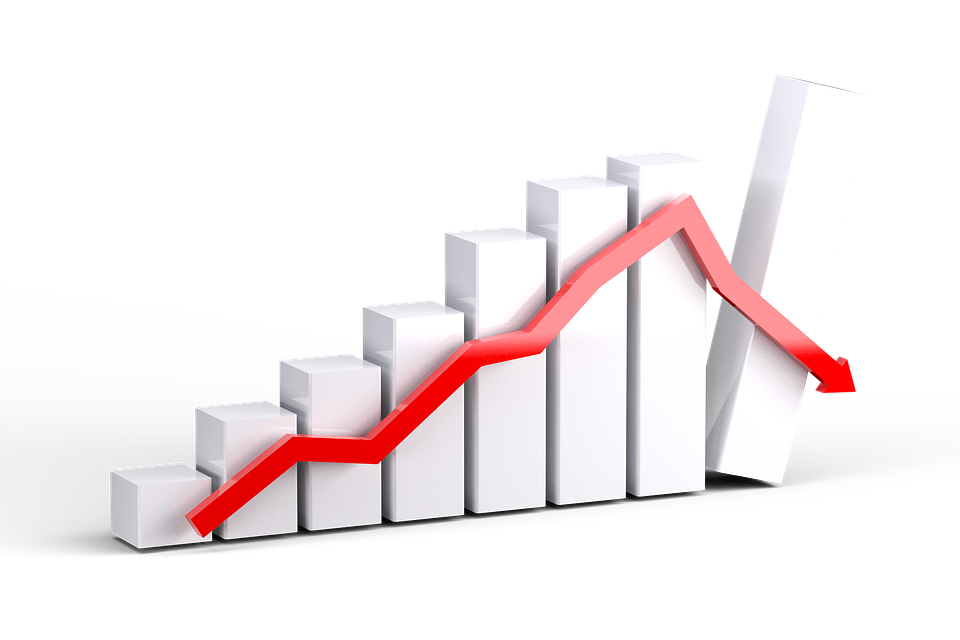This article explores the possibility of a U.S. recession and offers suggestions to protect investments during these volatile times.
Today each of the major U.S. indices lost close to 3% of their value. The selling was broad based and indiscriminate. More importantly, the U.S. Treasury curve between two-year and ten-year maturities inverted briefly intra-day and closed at a low of 0.4 basis points spread. At market close the ten-year Treasury yielded about 1.581 percent and two-year Treasury yielded about 1.577 percent. During the day, every financial news channel was buzzing with discussions about the coming recession. This was primarily due to the near inversion of the 2-10 curve, which has been a reliable leading indicator of coming recessions in the past.
So, what should an average investor do? Here are a few tips when investing during turbulent times.
- Turn off the TV, radio and financial news. Don’t log into your brokerage accounts to check positions or how much money you have lost or gained. When markets are volatile, even the best traders have a tough time predicting trends and day-to-day movements. Market timing for purchasing or selling is a losing proposition that has been well researched. The old wall street adage of “Bulls make money; Bears make money; Pigs get slaughtered” is very much applicable here.
- Don’t initiate any new positions or sell existing positions to reduce risk. Much of public market movement is driven by algorithms that think and trade in milliseconds. Many programs use momentum trading strategies, meaning they sell when markets are falling and buy when markets are rising. Thus, these automated trading strategies can exaggerate gains or losses and give false signals on where the markets are headed. The algos are also not emotional about making or losing money (their programmers sure are).
- When markets are volatile, they tend to be volatile for a while. How long? Could be six months or a year or two. There is no way to predict. If there is an investment that you have been waiting to get into or out, wait until the markets are calm for a few months (signaling that markets are switching to calm mode that may also continue for a while!).
- Public markets are demonstrating abnormal levels of sensitivity to central bank policies and political headlines. Thus, opportunistic private investments are far more lucrative and offer lower volatility. These do come at the expense of liquidity though. If you are a qualified institutional investor or an accredited investor, ask your financial advisor for some ideas. There are some amazing opportunities available for sure!
Bottom line is that whatever you do or don’t do, just don’t panic. My speculation is that the 2-10 curve leading indicator is a distortion due to central bank policies for the most part and we are not headed into a recession due to the strength of the underlying economy. So, let’s not wish ourselves into a recession by panicking!

